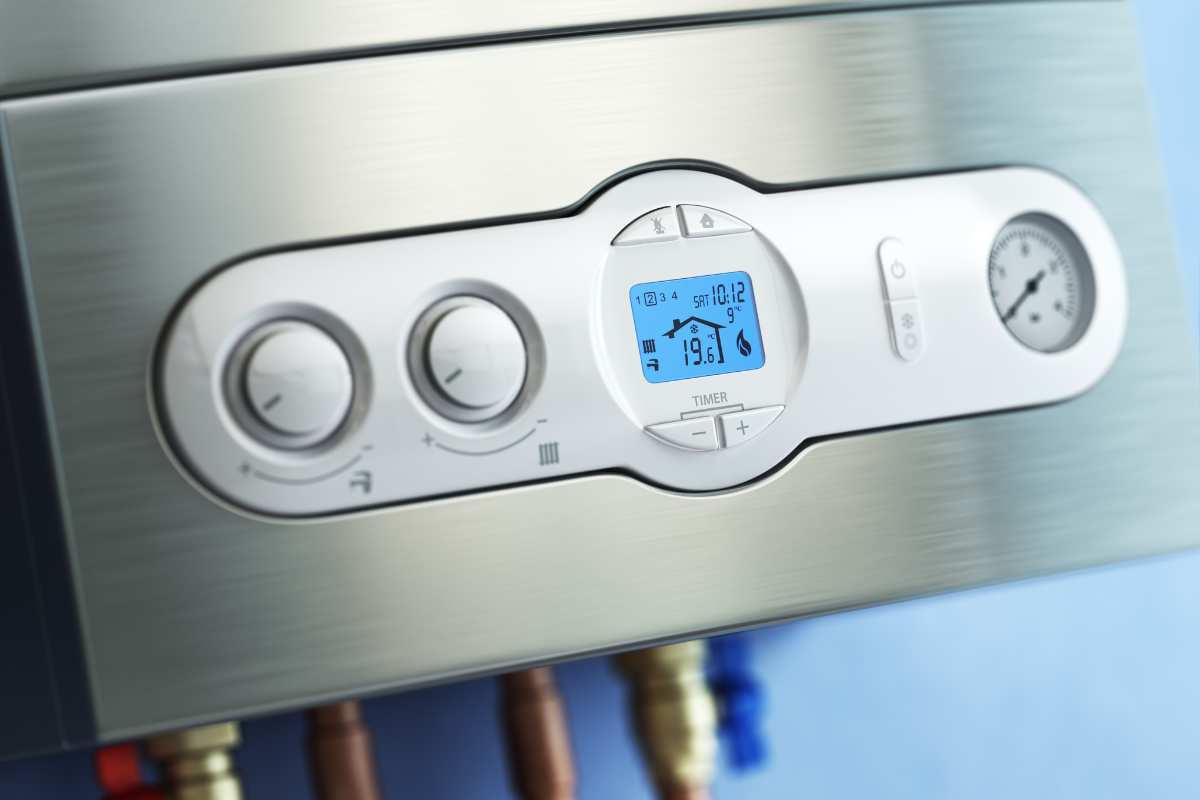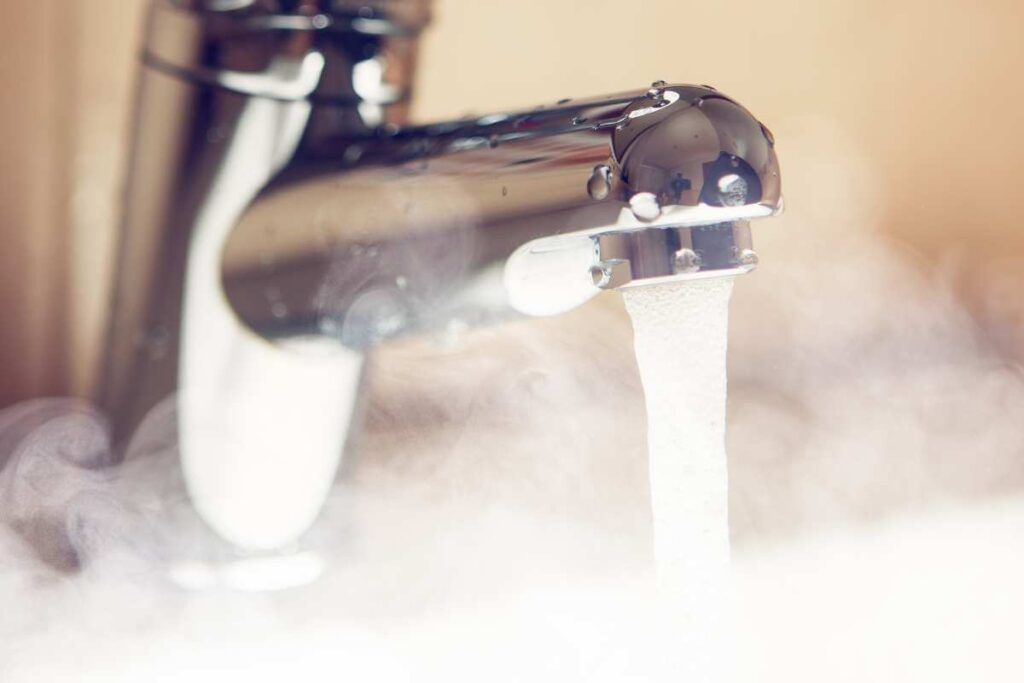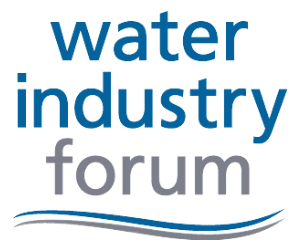Managing Legionella in Hot and Cold Water Systems: A Guide for Landlords and Healthcare Providers

Introduction
Water is a fundamental necessity of life, and ensuring its safety is paramount. However, lurking within water systems, especially in hot and cold water systems, there exists a silent and potentially deadly threat – Legionella bacteria. This microscopic organism has the potential to cause severe respiratory illnesses, including the notorious Legionnaires’ disease. As responsible landlords and dedicated healthcare providers, the health and safety of your residents, tenants, patients, and staff are of utmost concern.
In this comprehensive guide, we delve into the critical aspects of managing legionella in your water systems. Whether you oversee a residential property or a healthcare facility, this information is essential. We’ll navigate through the intricacies of Legionella, exploring where it thrives, the legal obligations you must meet, and the systematic measures to mitigate its risks. By the end of this journey, you’ll be equipped with the knowledge needed to safeguard lives and comply with vital regulations. Understanding that diligence in water safety is not only a legal requirement but also a moral responsibility.
Legal Requirements and Responsibilities
In the United Kingdom, there are clear legal obligations and responsibilities placed on landlords and healthcare providers when it comes to the control of Legionella in hot and cold water systems. These requirements are not just guidelines but are legally enforceable, and non-compliance can have serious consequences.
Landlords' Responsibilities:
- Risk Assessment: Landlords are legally required to conduct a Legionella risk assessment on their properties to identify and assess the risk of Legionella proliferation. This assessment must be thorough and consider all potential sources of exposure.
- Control Measures: Following the risk assessment, landlords must put in place adequate control measures to prevent or minimise the risk of Legionella growth and transmission. This may include regular cleaning and disinfection of water systems, maintaining water at safe temperatures, and ensuring proper system design and installation.
- Regular Monitoring: Landlords must regularly monitor and maintain their water systems to ensure they remain free from Legionella contamination. This includes routine checks of water temperatures, storage tanks, and pipework.
- Record Keeping: Accurate record-keeping is essential. Landlords should maintain detailed records of risk assessments, control measures, monitoring results, and any actions taken to address identified risks.
- Communication: Tenants must be informed of any identified risks and the measures in place to mitigate them. Landlords should provide clear instructions to tenants on how to safely use and maintain water systems in the property.
Healthcare Providers' Responsibilities:
- Risk Assessment: Healthcare providers, including hospitals and care homes, are obliged to conduct comprehensive risk assessments of their water systems, particularly those serving vulnerable individuals. This includes assessing the risk of Legionella.
- Implementing Control Measures: Control measures in healthcare settings are vital for protecting patients and residents. This may involve regular cleaning and disinfection, temperature control, and the use of specialised filters and treatments where necessary.
- Routine Monitoring: Regular monitoring is essential in healthcare facilities. Staff should consistently check and maintain water systems, ensuring they remain free from Legionella.
- Training and Education: Healthcare providers should provide training to staff on Legionella awareness, prevention, and control measures. This ensures that all employees understand their responsibilities in maintaining water safety.
Consequences of Non-Compliance
Failure to comply with these legal obligations can result in serious consequences for landlords and healthcare providers alike:
- Health Risks: Non-compliance can put occupants, patients, or residents at risk of contracting Legionnaires’ disease, a potentially severe and even fatal illness.
- Legal Consequences: Landlords and healthcare providers who fail to meet their obligations can face legal action. This may include fines, civil liability claims, and even criminal charges in severe cases.
- Reputation Damage: Non-compliance can severely damage the reputation of landlords and healthcare institutions. This can lead to a loss of trust from tenants, patients, and the public.
- Financial Implications: Legal battles and compensation claims resulting from Legionella outbreaks can be financially crippling.
It is vital for landlords and healthcare providers to prioritise Legionella control, not just to meet legal requirements but to safeguard the health and well-being of their tenants, patients, and residents. In the next section, we will explore the practical steps that can be taken to effectively manage Legionella in hot and cold water systems.
Conducting a Legionella Risk Assessment
Conducting a Legionella risk assessment is a crucial step in Legionella control. Here’s a simplified guide:

Identify Sources: First, identify potential sources of contamination in the water system, such as tanks, pipework, and outlets.
Assess Risks: Evaluate risk factors, like water temperature and system condition, and consider vulnerable individuals, especially in healthcare settings.
Implement Controls: Develop control measures to mitigate identified risks. This could involve temperature monitoring, cleaning, disinfection, and proper system maintenance.
Regular Assessment: Assessments should be ongoing. Conditions change, and healthcare facilities house vulnerable individuals, making regular assessments crucial.
Preventive Measures
Preventing legionella contamination in hot and cold water systems is a crucial step for landlords and healthcare providers. Here are some key preventive measures:
Temperature Control: Maintain water temperatures outside the ideal range for legionella growth. Keep hot water above 50°C and cold water below 20°C.
Regular Flushing: Prevent stagnant water by regularly using all outlets, especially in unused areas.
Maintenance: Ensure your water system is well-maintained to prevent the conditions where legionella can proliferate.
These proactive steps significantly reduce the risk of legionella proliferation and contribute to overall water system safety.
Stay tuned for our upcoming blog post, ‘A Comprehensive Guide to Legionella Control – Part II,’ where we’ll delve deeper into topics such as monitoring and testing, creating a legionella management plan, educating occupants and staff, responding to legionella concerns, sharing case studies and success stories, and more.
Now that you’re armed with essential insights into legionella control for hot and cold water systems, take the next step towards safeguarding the health of your occupants and ensuring compliance with regulations. Contact Aqua Engineering today for professional legionella risk assessments, tailored preventive measures, and expert water system maintenance. Our team is here to support you in creating a safer, healthier environment for all.
Legionella Awareness Training
If you are interested in furthering your knowledge on legionella prevention and awareness, we offer an informative and user-friendly online legionella awareness course on the website.





